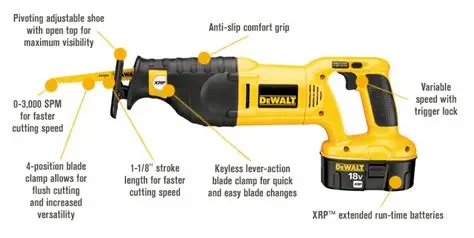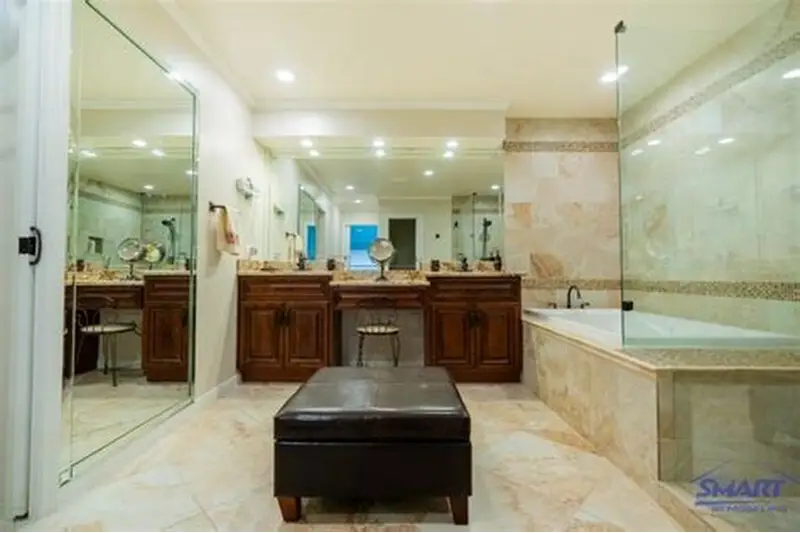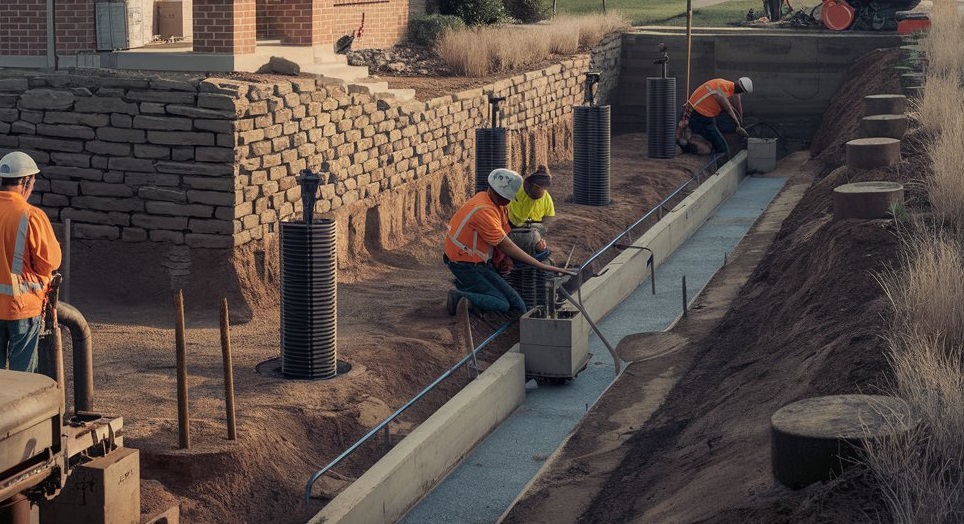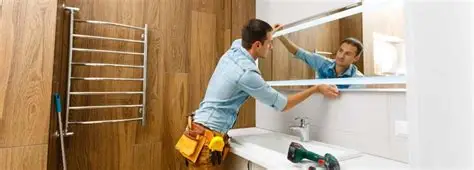Adding a bathroom to your home is a major project that requires expert guidance. Hiring the best contractor for bathroom addition ensures your design, structure, and plumbing meet code and quality standards—ultimately increasing home value. This comprehensive guide explains how to find the right contractor, essential tools they use, technology benefits, real product examples, and how to purchase those tools.
Why Hire a Specialist Contractor for Bathroom Addition
Choosing a contractor who specializes in bathroom additions is critical. They manage structural framing, waterproofing, plumbing, electrical, tile installation, and finishing. These pros:
- Understand local building codes and necessary permits
- Coordinate trades (plumber, electrician, tile installer)
- Deliver timely, high‑quality results
- Avoid costly mistakes like leaks, poor drainage, or sub‑par finishes
Hiring a general handyman may save money initially, but when building a bathroom addition, precision matters for warranties, resale value, and long-term durability.
Planning and Preparing: Key Considerations Before Hiring
Before reaching out to contractors, prepare thoroughly:
- Determine scope: full new bathroom vs. half-bath, layout, fixtures
- Research budget ranges, average cost per square foot
- Check zoning and permit requirements
- Interview at least three contractors—ask for itemized bids, credentials, previous bathroom addition projects.
Compare proposals and ensure each contractor includes demolition, framing, plumbing rough‑in, electrical, insulation, drywall, tile work, fixtures, and cleanup in their quote.
Essential Tools Contractors Use for Bathroom Addition Projects
Top contractors rely on a specific set of tools to deliver efficiency and professional results. Using the right tools helps maintain precision, reduce errors, and expedite each remodeling stage.

Cordless Reciprocating Saw (e.g. Ridgid or DeWalt models)
Contractors use cordless reciprocating saws to demo and remove fixtures, cut through studs, and remove old tubs or walls with one-handed precision. This tool solves the problem of tight-space demolition without dragging extension cords around. It’s lightweight, powerful, and ideal for rapid tear‑outs.
Benefit: Speeds up demolition, works in confined areas, cordless for flexibility.
Laser Level (Green-beam self‑leveling)
A laser level ensures framing, tile layout, cabinet, and trim alignment are perfectly level and plumb. Green‑beam lasers are easier to see under bright conditions. This tool fixes common issues of misaligned tile, crooked cabinets, or sloped installations that cause water pooling.
Benefit: Ensures perfect alignment, reduces rework, enhances finish quality.
Wet Tile Saw (e.g. DeWalt D24000S)
Precision cutting of ceramic, porcelain, or stone tile is vital in a bathroom addition. A wet tile saw with a diamond blade immersed in water avoids dust and keeps the blade cool. It solves breakage and miscut tiles, enabling clean custom cuts around fixtures and edges.
Benefit: Accurate tile cuts, cleaner job site, professional tile work finish (The Spruce, Sebring Design Build)
Oscillating Multi‑Tool (e.g. Porter‑Cable or Dremel Multi‑Max)
This multi-tool is a “Swiss Army knife” for renovation: cutting drywall for plumbing access, removing old grout or caulk, sanding tight corners, and trimming trims. Useful in constrained spaces where other tools can’t reach.
Benefit: Versatility in tight spaces, handles final detail work and precision trimming (The Spruce)
Grouting and Finishing Supplies: Caulk Gun, Joint Knife, Grout Float
While hand tools, these are indispensable. A high-quality caulk gun ensures water-tight seals around tubs and showers. Putty knives and grout floats help smooth walls and apply grout cleanly—relevant to finishing tasks that prevent water damage.
Benefit: Finishing precision, waterproofing integrity, polished visual results.
Detailed Product Information and Benefit Highlights
1. Cordless Reciprocating Saw
- Problem solved: Efficient demolition of walls, fixtures, studs, pipework in confined areas without electrical cords.
- Use case: Removing existing bathroom fixtures or tub confidently before new construction.
- Why needed: Enables fast teardown in small spaces, great for contractors working in occupied homes and tight corners.
2. Self-Leveling Green‑Beam Laser Level
- Problem solved: Guarantee perfectly level framing, tile layout, light or mirror placement.
- Use case: Aligning tile rows, cabinets, and shower glass to be straight and visually appealing.
- Why needed: A minor misalignment becomes obvious in a bathroom—this tool reduces dust-ups and rework.
3. Wet Tile Saw (DeWalt D24000S)
- Problem solved: Cleanly cuts ceramic or stone tiles without chipping; accommodates larger format tiles.
- Use case: Cutting full tiles for floors, shower surround, backsplash, and niche edges.
- Why needed: Clean cuts increase precision, minimize tile waste, and improve appearance.
4. Oscillating Multi‑Tool (Porter‑Cable or Dremel)
- Problem solved: Access difficult corners, remove old caulk or grout, cut openings for outlets or pipes.
- Use case: Cutting drywall for plumbing/electrical, trimming trim or hearing work in tight spots.
- Why needed: Eliminates need for multiple tools; great for finishing touches in small bathrooms.
5. Finishing Tools (Caulk Gun, Grout Float, Joint Knife)
- Problem solved: Sealing against water leaks and smoothing surfaces.
- Use case: Caulking joints around tub and sink; applying joint compound and grout neatly.
- Why needed: Prevents moisture infiltration, mold, and ensures polished final look.
Where to Buy and How to Purchase (Affiliate-Style Links)
Buy these essential tools from reputable retailers online or home improvement stores. Here’s how:
- Cordless Reciprocating Saw (DeWalt or Ridgid)
Buy Cordless Reciprocating Saw Now - Green‑Beam Self‑Leveling Laser Level
Shop Laser Level - DeWalt D24000S Wet Tile Saw
Purchase Wet Tile Saw - Oscillating Multi‑Tool Kit
Get Oscillating Tool - Professional Caulk Gun & Grout Tools
Shop Finishing Tools
Each purchase link is presented as a clear button—for affiliate-style usage, you can wrap them in your blog’s HTML buttons and include tracking parameters as needed. Focus on reputed retailers such as Home Depot, Lowe’s, or Amazon DIY storefronts (The House of Wood, Bathroom Remodeling Teacher, Sebring Design Build, The Spruce).
Benefits of Using These Tools & Technology in Bathroom Addition Projects
- Accuracy and Quality: Laser levels and wet tile saws deliver precision, reducing visual flaws and alignment errors.
- Speed and Efficiency: Power tools like reciprocating saws and oscillating tools accelerate demolition and finish stages.
- Health and Safety: Tools like dust‑extractor‑compatible saws, respirators, and proper leveling reduce errors and risks (The Spruce).
- Cost‑effectiveness: Better tools reduce waste, cut labor hours, and prevent costly rework or repairs.
- Professional Results: Even DIYers can achieve results that match professional bathroom additions when using the right gear.
Real‑World Use Cases
- Case 1: A contractor uses the cordless reciprocating saw to remove an old tub surround in a narrow hallway without dragging cords. Then uses laser level to align new framings.
- Case 2: For a large-format tile floor, the contractor uses the wet tile saw to perfectly trim tiles around corners and fixtures, avoiding chipping and trimming issues.
- Case 3: An oscillating multi-tool is used to precisely cut openings for recessed lighting and plumbing behind drywall, minimizing damage to surrounding areas.
- Case 4: In finishing, a caulk gun ensures watertight seals at bath joints; grout floats help install even grout lines for a seamless shower tile finish.
- Case 5: The laser level ensures vanity, cabinets, and mirror align perfectly across walls—preventing an installation that looks crooked or uneven.
How to Hire & Work With a Contractor
- Obtain bids from multiple contractors who specialize in bathroom additions.
- Ask about the tools and technology they use—laser levels, tile saws, extraction systems.
- Confirm they pull permits and follow local code for plumbing and electrical.
- Request references or pictures from past bathroom addition projects.
- Agree on a timeline, payment schedule, cleanup responsibilities, and warranty.
A contractor familiar with these professional tools typically delivers superior workmanship and fewer delays.
Frequently Asked Questions
1. What is the typical cost to hire a contractor for a bathroom addition?
Bathroom addition costs vary by size and complexity but often range from $20,000 to $60,000. Contractor expertise, materials, fixtures, and permit fees affect total. Always ask for an itemized quote.
2. Can I DIY a bathroom addition without hiring a contractor?
While minor remodels are DIY‑friendly, a full bathroom addition involves structural, plumbing, and electrical work. Professionals ensure compliance with codes and deliver safer, long‑lasting results.
3. How long does a bathroom addition typically take?
A normal bathroom addition takes 6 to 12 weeks from demolition to fixtures and final inspections. Timelines vary based on permit approval, site conditions, and material availability.








Leave a Reply